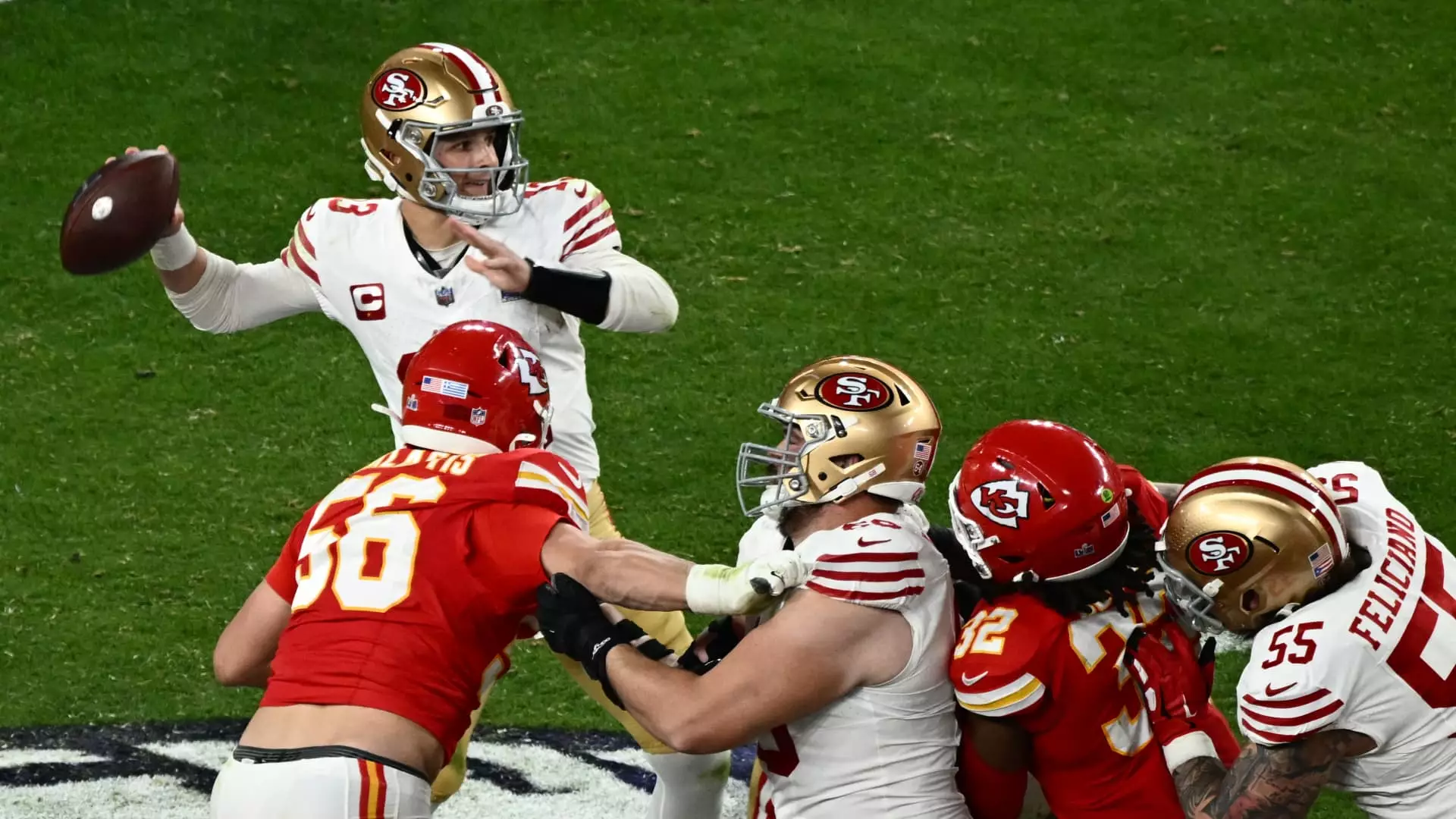Brock Purdy, the San Francisco 49ers’ quarterback, epitomizes the challenges that NFL teams face when evaluating talent. Drafted last—at the 262nd pick—in the 2022 NFL draft, Purdy’s emergence as a star quarterback has sparked a re-evaluation of traditional scouting methodologies. Despite his success leading the 49ers to the Super Bowl, Purdy’s journey illustrates how conventional metrics can overlook pivotal attributes that separate winners from the rest. His rise raises critical questions about current evaluation techniques used not only in football but also in global football (soccer).
AI: The New Frontier in Talent Assessment
Al Guido, president of the San Francisco 49ers, believes that artificial intelligence could be the key to redefining talent evaluation processes. In a recent interview, Guido highlighted how AI could enhance scouting efforts for both American football and soccer. The complexities of scouting in soccer—where the sport is ubiquitous with numerous leagues and varying standards—pose a unique challenge. AI could potentially analyze vast amounts of game data, player statistics, and performance metrics to uncover hidden gems who possess the talent needed for professional play.
Guido emphasized that traditional scouting, while important, needs to be supplemented with data-driven insights. He envisions a holistic approach that marries the art of scouting with the science of analytics. The 49ers’ ownership group, which includes the Leeds United Football Club, recognizes the growing importance of analytical tools in global talent identification, as it allows for a more nuanced understanding of players’ capabilities across different leagues and environments.
Scottish football clubs and Major League Soccer teams alike face the same universal challenge: identifying players capable of transcending developmental obstacles. Given that soccer is played worldwide in diverse settings, identifying potential talent necessitates an exhaustive approach. Players from various cultural and sociopolitical backgrounds might present different styles and skills that traditional metrics fail to capture. This is where AI becomes invaluable; it can analyze patterns, tendencies, and performances that human scouts might overlook during in-person assessments.
Guido’s passion for integrating cutting-edge technology into the scouting process is reflective of a larger trend within sports. Teams across various leagues are increasingly utilizing advanced statistical models and AI-driven analytics to improve their decision-making processes. This paradigm shift suggests that merely relying on human intuition and experience might not be enough to secure future successes in a competitive field.
As Purdy gears up for a potential contract extension, the San Francisco 49ers stand at the crossroads of traditional and modern evaluation techniques. The integration of artificial intelligence into player assessments can significantly influence their strategic directions moving forward. The lessons learned from Purdy’s unexpected success not only challenge old scouting methodologies but also herald a new era in sports analytics.
Leveraging AI to enhance talent evaluation can lead to a more inclusive and precise understanding of potential players. As sports evolve, organizations must adopt innovative approaches to remain competitive, and the successful fusion of human intuition with machine-driven analysis may well be the future of scouting.


Leave a Reply